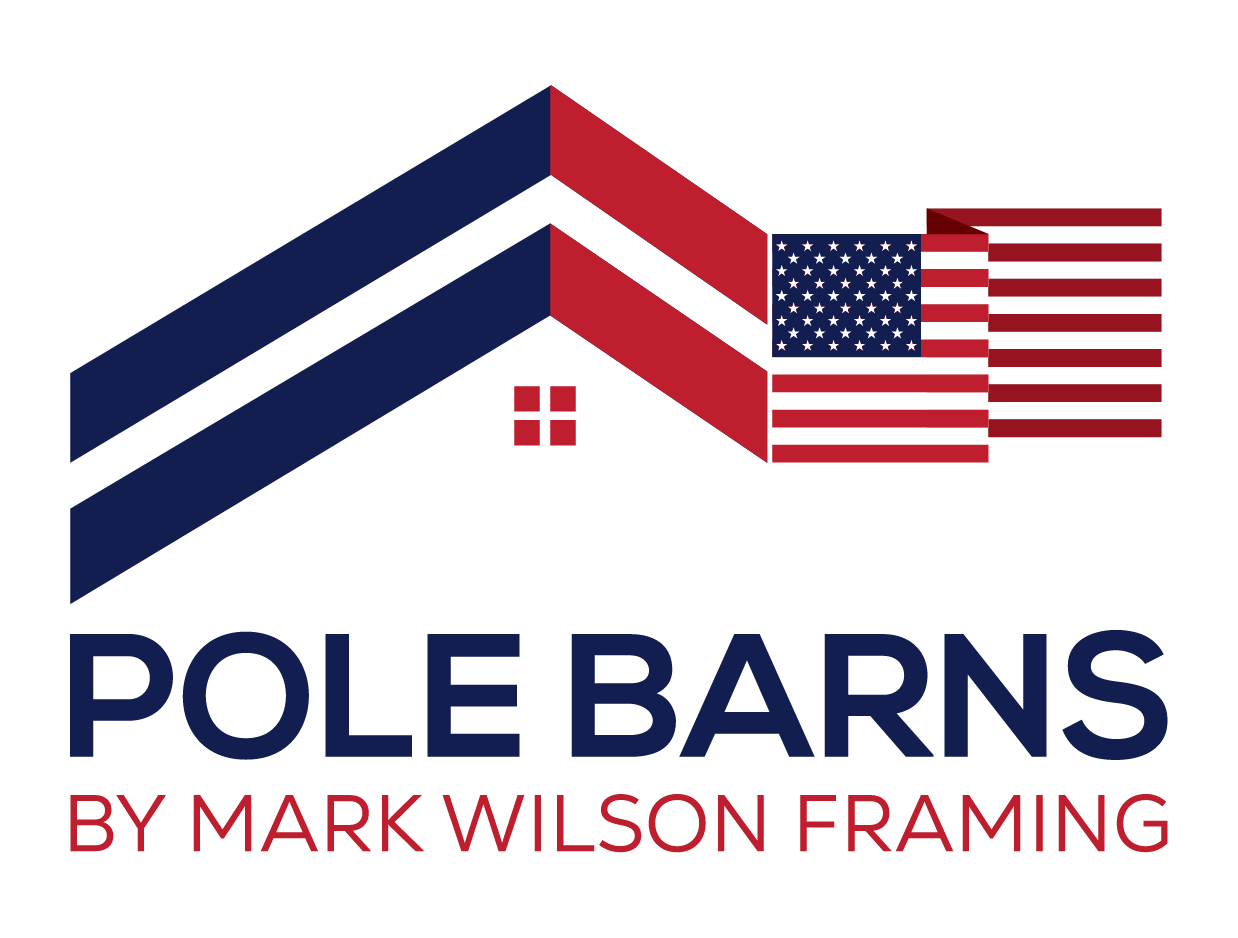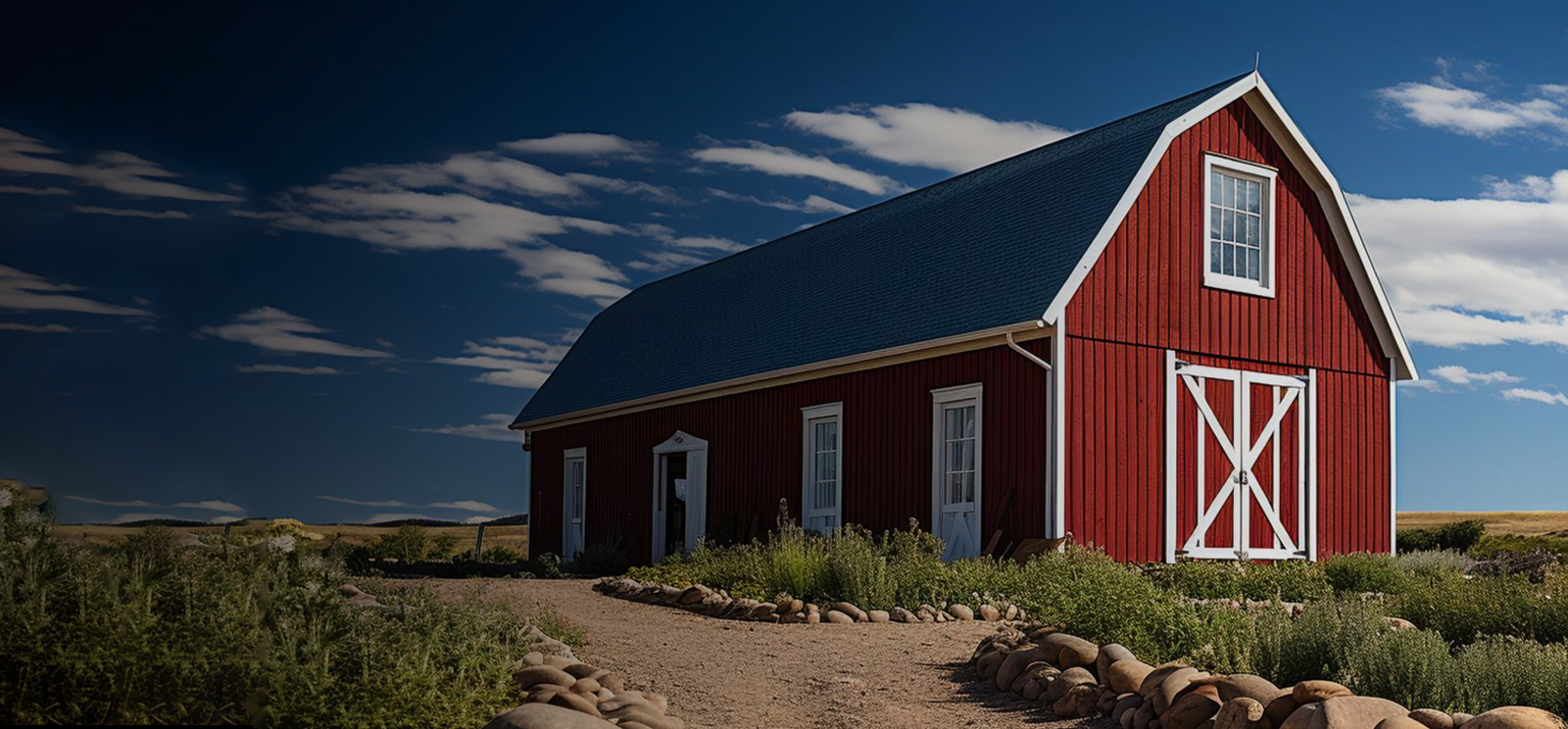When it comes to constructing hay and horse barns, efficiency and space optimization are paramount. Whether you’re a seasoned equestrian or a hobbyist, creating a functional and well-designed barn can enhance the comfort and well-being of both your animals and yourself. At Mark Wilson Framing, we understand the importance of maximizing space while ensuring durability and aesthetics. In this guide, we’ll explore design tips and strategies to help you create efficient hay and horse barns that meet your needs and exceed your expectations.
1. Strategic Layout Planning
The foundation of any well-designed barn begins with strategic layout planning. Consider the flow of activities within the barn, from feeding and grooming to storage and maintenance. Position feeding areas away from high-traffic zones to minimize congestion and ensure the safety of both horses and handlers. Separate hay storage areas from the main barn to reduce dust and fire hazards.
2. Optimal Stall Design
Stall design plays a crucial role in maximizing space and promoting the health and comfort of your horses. Opt for modular stall systems that can be easily configured to accommodate varying herd sizes and individual horse needs. Incorporate features such as adjustable feeders and waterers to streamline daily care routines and minimize wastage. Additionally, choose stall materials that are durable, easy to clean, and resistant to wear and tear.
3. Ample Ventilation and Natural Light
Proper ventilation and natural light are essential for maintaining a healthy and comfortable environment within the barn. Install windows and vents strategically to promote air circulation and reduce moisture buildup, which can lead to respiratory issues and mold growth. Consider incorporating skylights or translucent panels into the roof design to maximize natural light and minimize the need for artificial lighting during daylight hours.
4. Efficient Storage Solutions
Effective storage solutions are key to maximizing space and keeping the barn organized and clutter-free. Invest in multi-functional storage units, such as tack lockers with built-in saddle racks and bridle hooks, to maximize vertical space and keep equipment neatly organized. Utilize overhead storage areas for storing hay, feed, and bedding, using sturdy shelving systems or haylofts with easy access points for loading and unloading.
5. Flexible Use of Space
Design your barn to accommodate the diverse needs of both horses and humans. Incorporate flexible-use spaces that can serve multiple purposes, such as grooming areas that double as wash stalls or tack rooms that can also function as office or lounge areas. Consider installing sliding or folding partitions to create temporary enclosures for isolation or quarantine purposes without sacrificing valuable floor space.
6. Sustainable Materials and Practices
At Mark Wilson Framing, we prioritize sustainability in all our construction projects. Choose eco-friendly building materials, such as recycled steel or reclaimed wood, that minimize environmental impact while maximizing durability and longevity. Implement energy-efficient design features, such as passive solar heating and natural ventilation, to reduce reliance on artificial heating and cooling systems.
7. Accessibility and Safety
Ensure that your barn design prioritizes accessibility and safety for both horses and humans. Incorporate wide aisles and doorways to accommodate equipment such as wheelbarrows and tractors and allow for easy movement of horses and handlers. Install non-slip flooring surfaces in high-traffic areas to minimize the risk of slips and falls, and equip the barn with adequate lighting and emergency exits to ensure visibility and quick evacuation in case of emergencies.
8. Future Expansion and Adaptability
Plan for future growth and expansion by designing your barn with scalability and adaptability in mind. Consider modular construction techniques that allow for easy expansion or reconfiguration as your needs evolve over time. Incorporate infrastructure for additional amenities such as wash bays, indoor arenas, or outdoor turnout areas, even if they’re not immediately needed, to facilitate future upgrades without major renovation or disruption.
In conclusion, maximizing space in hay and horse barns requires careful planning, innovative design, and a commitment to efficiency and sustainability. By implementing these design tips and strategies, you can create a functional and well-designed barn that meets the needs of both horses and humans while maximizing space and minimizing environmental impact. At Mark Wilson Framing, we’re committed to helping you bring your vision to life and create the perfect space for you and your equine companions.

